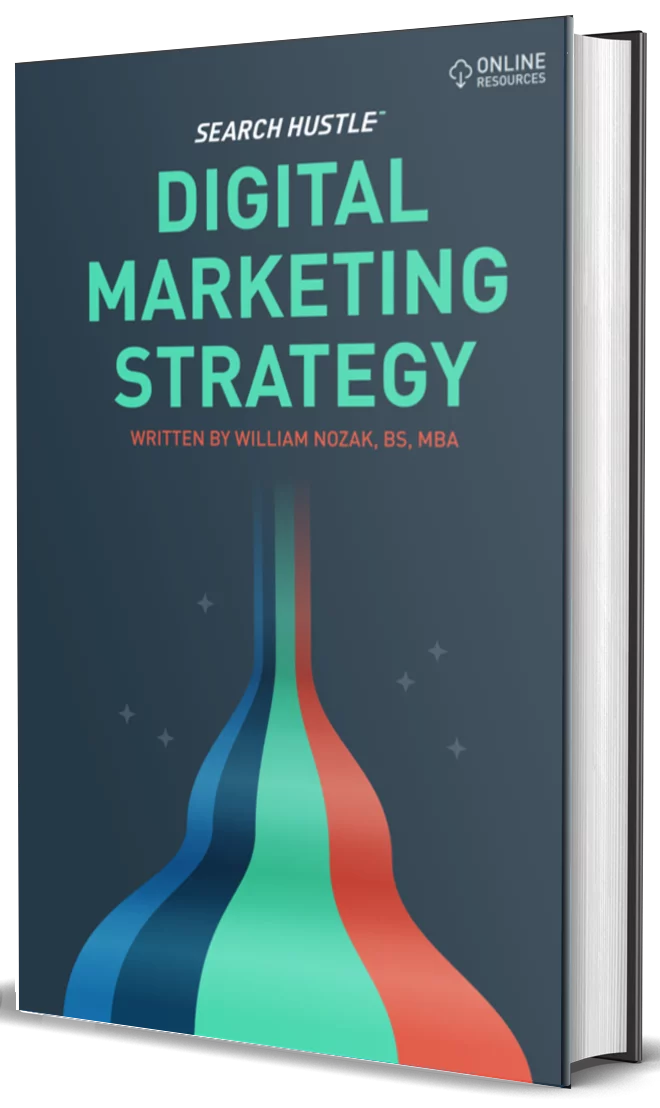Editorial Calendar Techniques
Around 70% of companies use an editorial calendar for their content strategy, or blog strategy. An editorial calendar is a great way to save ideas, plan upcoming content, and keep your entire content collection managed and organized. When it comes to a content or blog strategy, you realize quickly that you are bound to run out of ideas, depending on the frequency of your posts. However, even when you publish content at a slower frequency, you will eventually run out of ideas or forget what you’ve written about in the past.
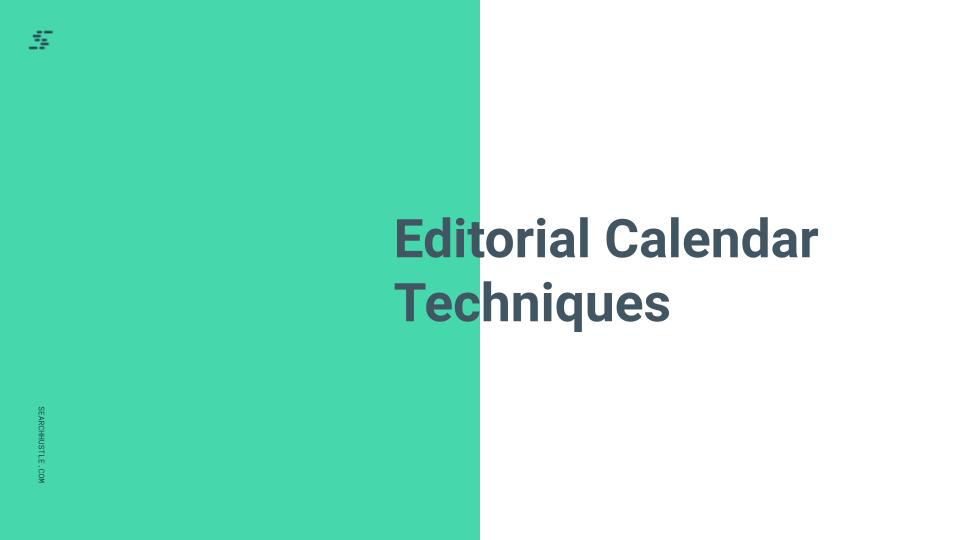

What is an Editorial Calendar?
Basically, an editorial calendar creates a timeline of the content you intend to publish and when you intend to publish it. Some companies use specific software to organize their content, but it can be as simple as using a Google calendar or an excel spreadsheet to post, track, and organize your content.
An editorial calendar should be a thematic roadmap to show when your overarching content should be scheduled throughout a calendar year. It’s considered a roadmap or blueprint for your content and when it should be published.
This is an effective resource to build the foundation for your content, establishing the starting point for your content planning.
Why Use an Editorial Calendar?
It’s all about being organized and developing a plan that will ensure the content works best for you at a particular time of year. Most digital marketing teams are responsible for social media campaigns, traditional marketing, digital marketing, events, and content. This can seem overwhelming because each individual marketing campaign is a big task that needs a lot of attention. Marketers can feel like jugglers in a circus. Each ball represents a marketing campaign. They throw everything up in the air and they have to keep the balls constantly moving.
Obviously, struggling to stay organized can be a common issue. Editorial calendars are about the big picture — staying organized and consistent. These calendars can make the life of a Chief Marketing Officer much, much easier, and they can act as another line of communication for the marketing team.
An editorial calendar allows you to see a snapshot of your content for the year, and it shows any gaps in your strategy which can help you prepare for the right content at the right time.
What Does an Editorial Calendar Look like?
There’s no particular “right way” to create an editorial calendar, and you need to find the right calendar that will be easy to follow and used on a regular basis. An editorial calendar looks like an actual calendar. You can design your editorial calendar in many different ways with different templates online, but the calendar should always have these key elements: day, month, year, content theme, and platform. Some marketers use paid tools and others prefer a free Google Sheets spreadsheet.
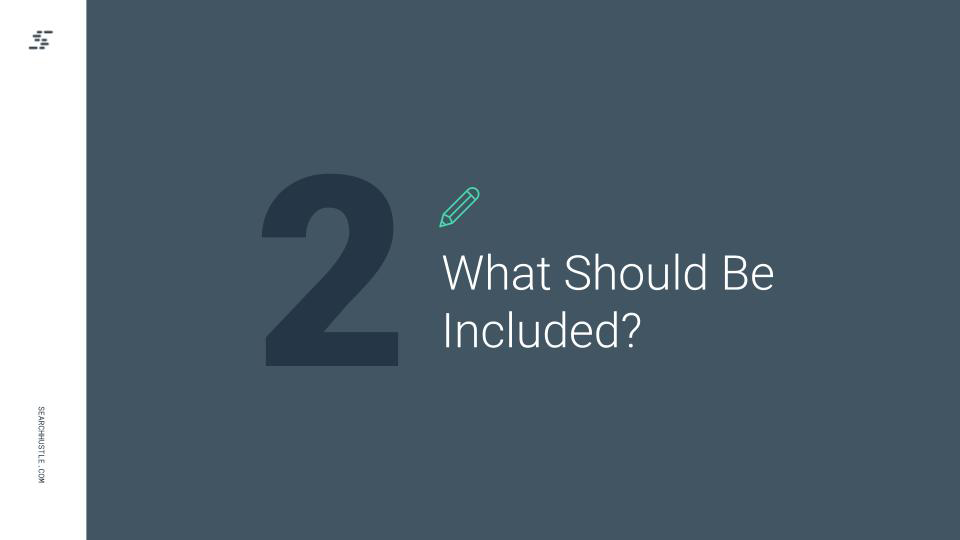
What Should Be Included?
Consider some of the following elements for an editorial calendar:
- Important dates (events, seasons, holidays)
- Topics and subtopics
- Frequency (daily, weekly, monthly, quarterly)
- Platforms (website, social media, etc.)
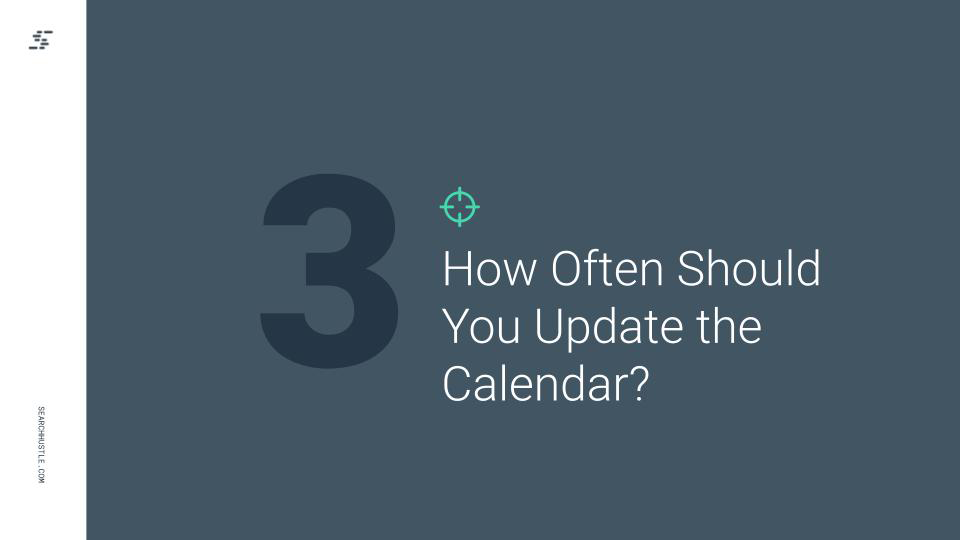
How Often Should You Update the Calendar?
Again, this depends on what works best for you. There is no right or wrong answer in regards to the frequency of updating your calendar. However, when planning the calendar for the year, the earlier you get started, the better. A strong, well-planned editorial calendar at the start of the year will guide your content strategy. This ensures that your calendar will be aligned with your goals.
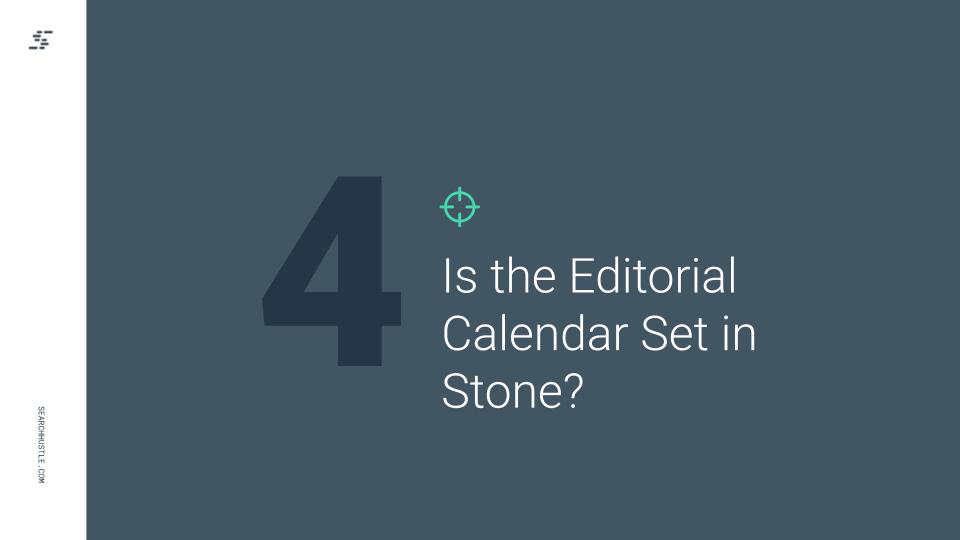
Is the Editorial Calendar Set in Stone?
You cannot use the philosophy of “set it and forget it” when it comes to the editorial calendar. It is crucial to allow flexibility, and the calendar shouldn’t be set in stone. You might need to make necessary changes during the year. Your editorial calendar is to be used as a guide, but it’s a guide that can be adjusted and modified.
The Bottom Line
Ultimately, your editorial calendar should include the elements that can help manage content in order to make your strategy more efficient. If a certain element in the calendar isn’t working, get rid of it. An editorial calendar should be a blueprint to show when your overarching content should be scheduled throughout the year.

Ready to Take Your Search Hustle Further?


